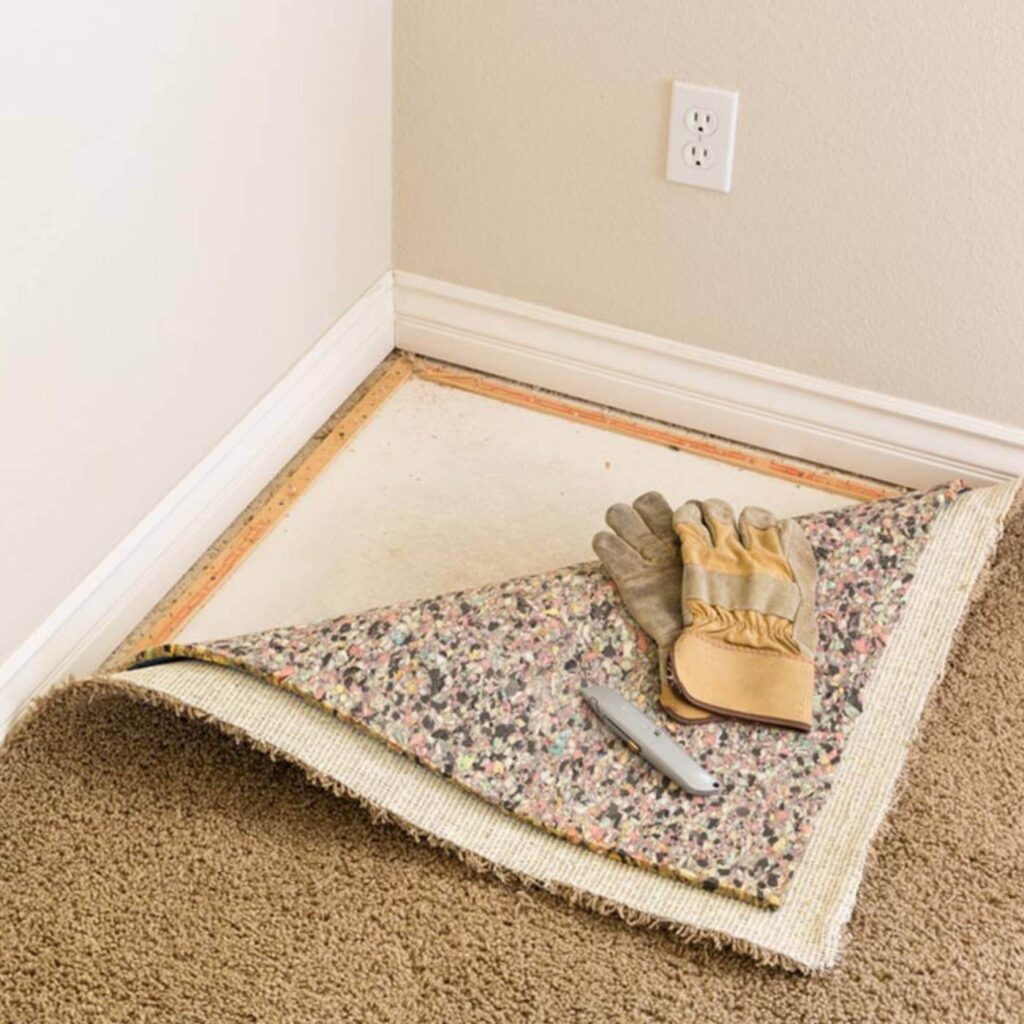Fitting carpet grippers is an essential part of any carpet installation project, whether you’re working on a DIY home renovation or preparing a commercial space. Carpet grippers not only certify that your carpet stays steadily in place but also help extend the life of the carpet by preventing it from unevenness and folding. They are typically used in domestic settings, commercial spaces, or office buildings to achieve a clean, tight-fitting carpet that looks professional and lasts longer.
Step 1: Prepare the Floor
Concrete Floors:
For concrete, make sure the surface is clean, dry, and free from any debris. To ensure the grippers hold firmly, you may need to use carpet adhesive or a suitable adhesive primer.
Wooden Floors:
If you’re fitting grippers on wood floors, check for any loose or creaky boards and fix them before proceeding. Use a level to verify that the floor is even and smooth.
Vinyl or Tiles:
If you’re installing grippers on vinyl or tile flooring, be cautious about damaging the surface with nails or staples. In these cases, you may want to use carpet adhesive.
Step 2: Measure and Mark the Perimeter
- Use a pencil or chalk to mark the edges of the room, ensuring the markings are consistent along all four walls.
- Use a straight edge to ensure the marks are level and uniform.
- This is crucial as uneven placement can cause the carpet not to fit properly or lead to bumps and wrinkles.
Step 3: Cut Carpet Grippers to Size
- If you’re working with metal grippers, use a metal saw. For wooden grippers, a wood saw should suffice.
- Ensure accuracy when cutting to ensure your grippers fit the walls precisely.
Step 4: Position the Carpet Grippers
- The teeth or pins on the grippers should be pointing in the direction where the carpet will be laid. This allows the rug to lock onto the pins when stretched.
- Position the grippers 1–2 cm from the wall, ensuring there’s enough room for the carpet to tuck neatly under the grippers and fit tightly.
- For corners, cut the grippers to fit snugly, ensuring the pieces meet perfectly.
Step 5: Secure the Grippers
Nail or Staple the Grippers:
Using a hammer or nail gun, secure the grippers to the floor along the marked line. Make sure the nails are driven deep into the floor to secure the grippers. For wooden floors, use nails or screws. For concrete, a concrete nail or masonry screw is required.
Use a Hammer or Stapler:
If you’re working with a stapler, make sure each staple penetrates deep enough to hold the gripper in place but doesn’t go through the gripper’s pins.
Check for Stability:
Gently press on the grippers after nailing to make sure they are firm and won’t shift over time.
Step 6: Stretch and Fit the Carpet
- Start at one end of the room and work your way around, pulling the carpet evenly over the grippers.
Once the carpet is stretched and positioned, tuck the edges under the grippers to ensure it stays firmly in place.
Step 7: Trim and Finish
- Make sure the cut is neat and straight to avoid visible edges when the job is complete.
- If needed, apply some carpet adhesive around the edges for additional security.
Carpet types UK:
Carpets come in various types, each offering unique textures, durability, and aesthetic appeal.
Plush (or Velvet) Carpet:
Known for their soft, luxurious feel, plush carpets have dense fibers cut at the same length. They offer a smooth and velvety texture but can easily show footprints and vacuum marks.
Berber Carpet:
Berber carpets, made from looped fibers, are highly durable and stain-resistant, making them perfect for high-traffic areas. They often feature a textured pattern, providing a natural and rustic look.
Frieze Carpet:
Frieze carpets have tightly twisted fibers, giving them a textured, curly appearance. They are highly durable and good for concealing dirt and footprints, making them suitable for family rooms and hallways.
Saxony Carpet:
This carpet type features soft, dense fibers cut to an even length. Saxony carpets are smooth and elegant, but they can show footprints and wear over time.
Loop Pile Carpet:
Made from loops of yarn, loop pile carpets are strong and resilient. They are ideal for areas with heavy foot traffic, such as offices or entryways.






